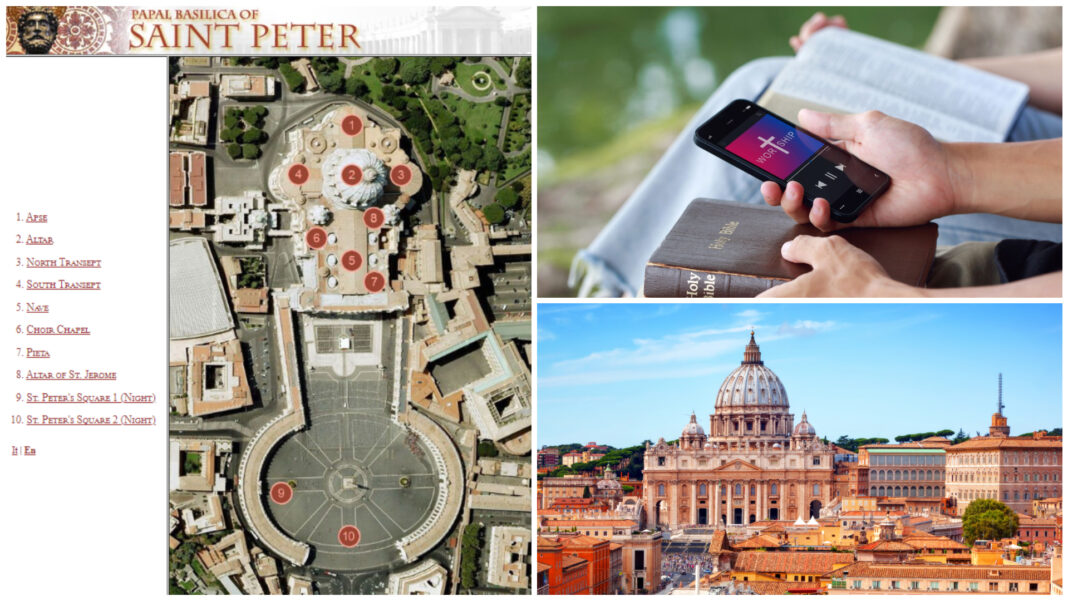Would you go to church virtually?

Microsoft has been making a profound impact on the technology industry and society as a whole, shaping the way we work, communicate, and innovate through its software, cloud services, and pioneering advancements in artificial intelligence.
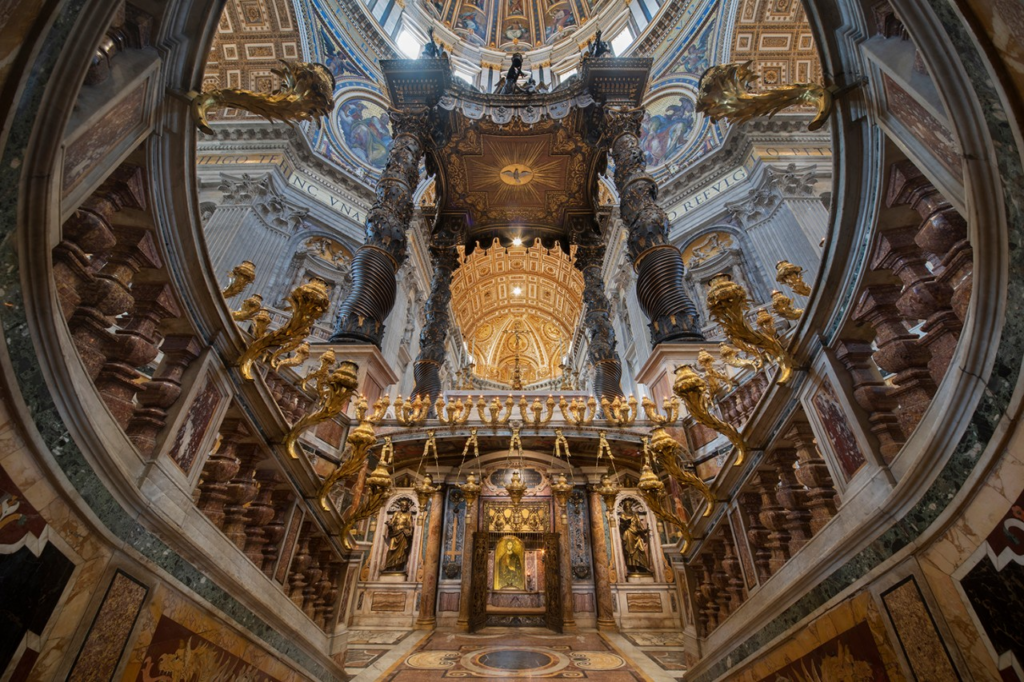
With all the advanced technology Microsoft has, they now have the resources to create a world we never thought we can actually see through our naked eyes—well, sort of, and “-ish”. This innovation opens up new opportunities for those who can’t afford to travel, allowing them to experience destinations they might never visit in person. Does virtual reality count as travel?
The Vatican is pre-eminently the holy city for Catholics. We could think of lots of Filipino Catholics dreaming of visiting there. If Microsoft can now create this kind of technology, then we actually have the chance to experience the Vatican without actually going there.
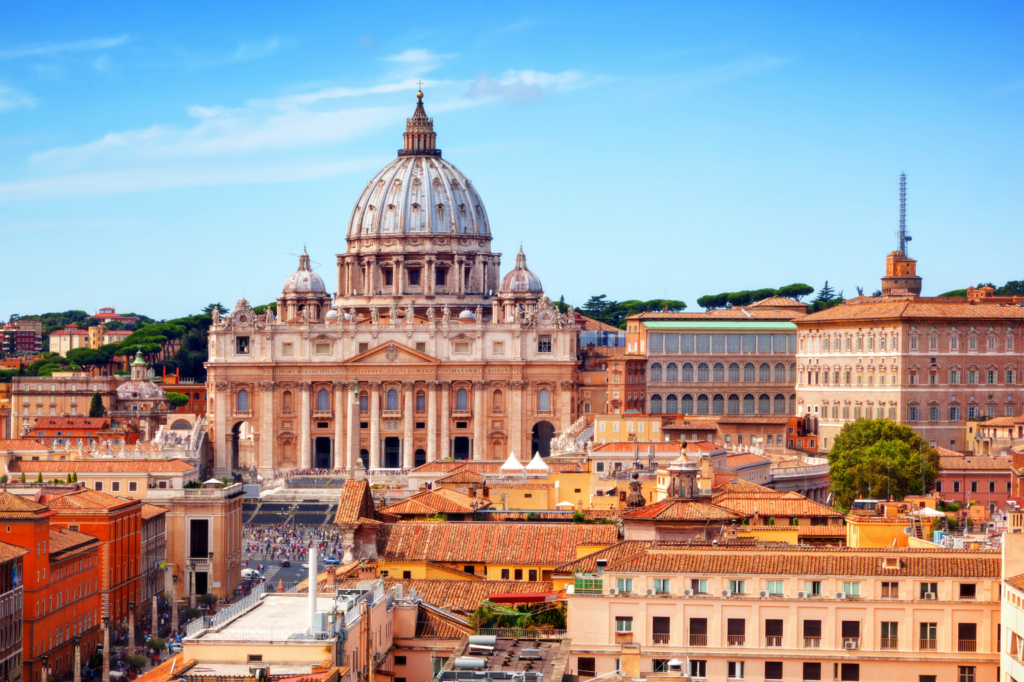
VIRTUAL TOUR OF ST. PETER’S BASILICA

Microsoft and the Vatican have created a digital twin—a detailed 3D digital replica—of St. Peter’s Basilica using AI and over 400,000 high-resolution images. This project, launched in Vatican City, enables virtual exploration of the basilica and will aid conservation efforts. Through photogrammetry (a technology for creating 3D models from photos), drones, and lasers, they produced an incredibly detailed replica, helping the Vatican monitor visitor flow, manage entry and spot structural issues. This will allow people to explore the basilica’s history and architecture online.
Starting December 1 this year, visitors to the basilica’s website will be able to take a virtual tour, showing the basilica’s evolution over centuries, from ancient Roman times to today. Learn about its history, there will be an interactive timeline showing how the basilica has changed over the years. And finally, you can also explore notable spaces which include areas like the Vatican grottoes and the grand dome that crowns the building.
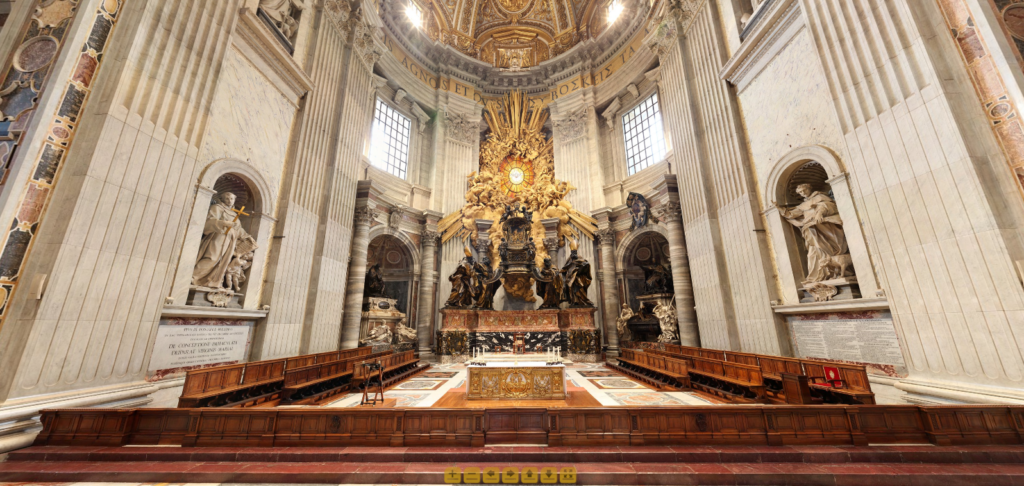

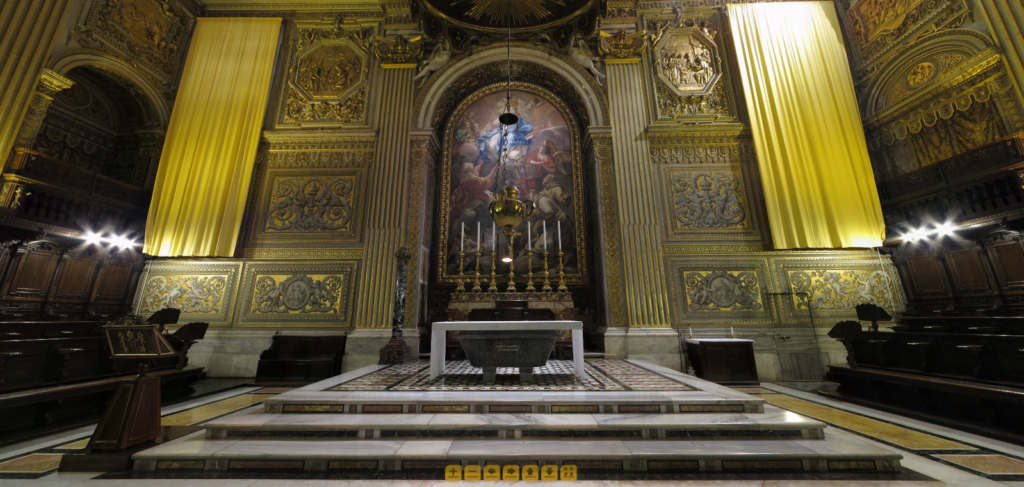
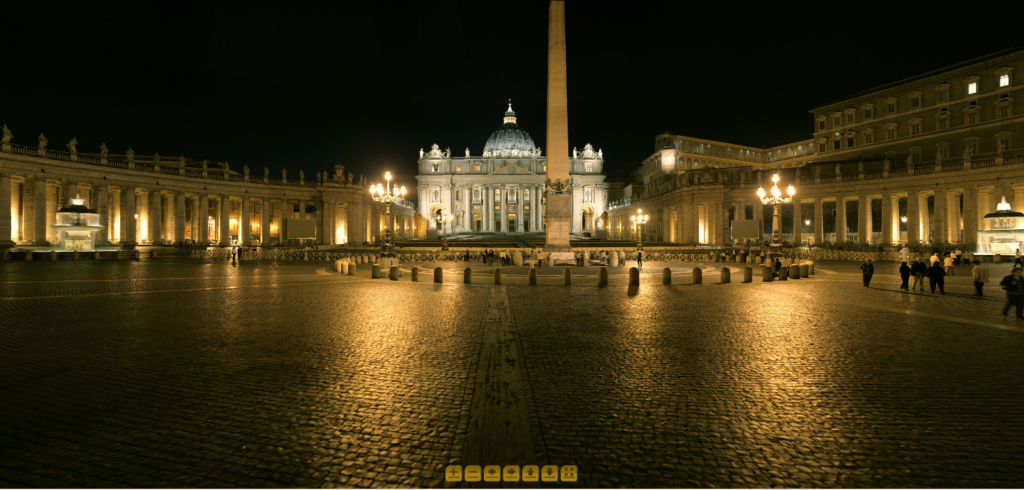
HIGH POTENTIAL
This AI also assists in detecting damage to the basilica, such as missing mosaic pieces and cracks that are invisible to the naked eye. This AI-driven monitoring is faster and more precise than traditional methods, allowing the Vatican to detect early signs of structural deterioration.
Pope Francis, a proponent of ethical AI, views this project as a way to preserve the basilica’s spiritual and cultural heritage responsibly. He recently called for an international treaty to ensure AI aligns with human values. He emphasizes that this technology aids in both the spiritual and material care of the basilica, showing a commitment to ethical AI in preserving cultural heritage. This initiative reflects similar projects by Microsoft, such as the digital preservation of Mont Saint-Michel and Ancient Olympia, underscoring the potential of AI to support global heritage conservation.
In the future, this AI will be relevant next year, especially when millions of pilgrims are expected to visit Rome for an upcoming event, the Catholic Jubilee in 2025. The virtual access to Saint Peter’s Basilica offers an alternative to those who might not be able to visit in person due to crowd sizes or travel limitations.

